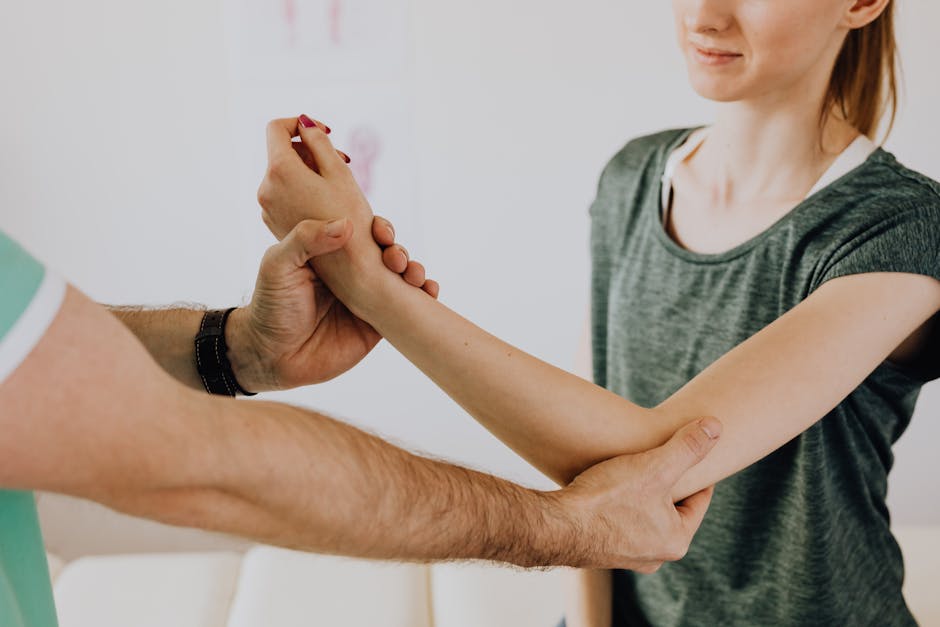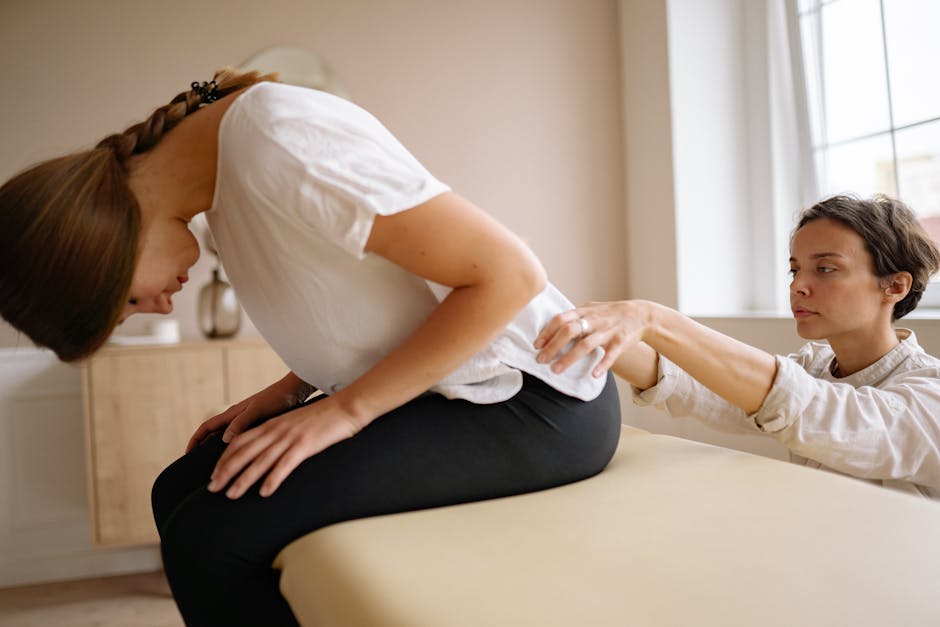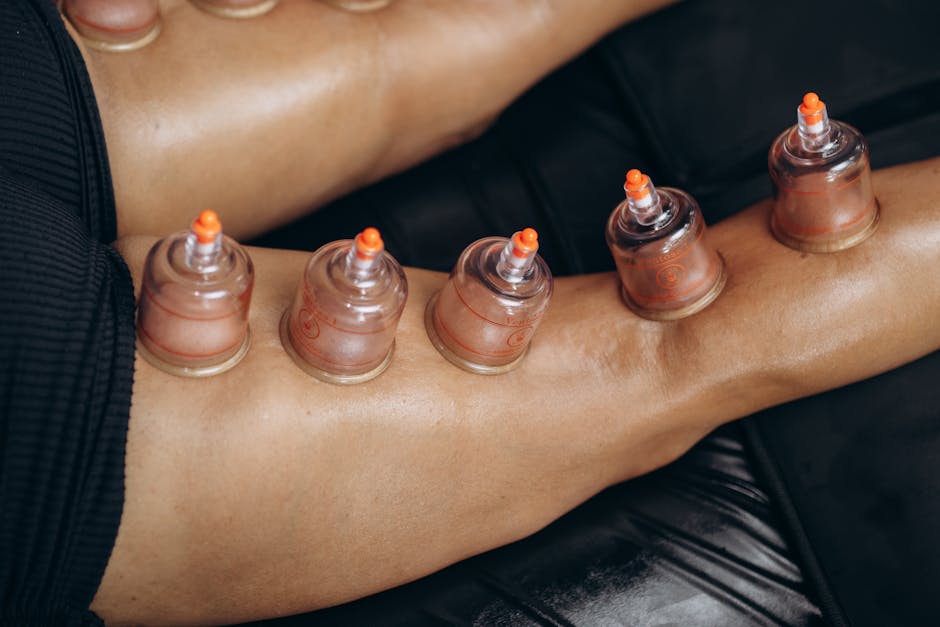The Role of Exercise in the Recovery Process
Recovery, whether from physical injury, mental health issues, addiction, or any other form of setback, is a crucial and often challenging journey. While there are various traditional approaches to recovery such as therapy, medication, and counseling, the role of exercise in the recovery process is gaining recognition as an effective and holistic method. Exercise can have profound effects on both the body and the mind, aiding in physical rehabilitation, reducing stress, improving mood, and promoting overall well-being.
The Power of Movement

Exercise is not just about physical fitness; it is about movement. From a physiological perspective, movement helps in the regeneration of tissues, strengthening of muscles, and restoration of mobility. When someone is recovering from an injury, illness, or surgery, physical activity plays a pivotal role in rebuilding strength and flexibility. For instance, after a knee surgery, engaging in targeted exercises can accelerate the healing process and improve range of motion.
Moreover, movement stimulates the production of endorphins, often referred to as the body’s natural painkillers. These feel-good hormones not only reduce the perception of pain but also elevate mood and create a sense of well-being. In cases of chronic pain conditions, regular exercise can be a game-changer, offering relief and improving quality of life.
Physical Recovery and Rehabilitation

When it comes to physical recovery and rehabilitation, exercise is a cornerstone of the process. Whether it’s recovering from a sports injury, a car accident, a surgery, or a stroke, structured physical activity can significantly impact the outcome. Physical therapists often prescribe specific exercises tailored to an individual’s needs, focusing on strengthening weak muscles, improving coordination, and restoring function.
For example, in the case of stroke survivors, a combination of aerobic exercises, strength training, and balance exercises can help regain lost motor skills and enhance overall mobility. These exercises not only target the affected areas but also contribute to neuroplasticity, the brain’s ability to rewire itself and form new neural connections.
Additionally, exercise can play a preventive role in recovery by reducing the risk of future injuries or relapses. Strengthening the muscles around vulnerable joints, improving posture, and enhancing flexibility can all contribute to long-term recovery and well-being.
Emotional Well-being and Mental Health

While the physical benefits of exercise are well-documented, its impact on emotional well-being and mental health is equally significant. Engaging in regular physical activity has been shown to reduce symptoms of anxiety, depression, and stress. This is due to the release of endorphins, dopamine, and serotonin, neurotransmitters that play a key role in regulating mood and emotions.
Furthermore, exercise can act as a powerful coping mechanism during times of stress or emotional turmoil. It provides a healthy outlet for pent-up emotions, allowing individuals to channel their energy in a positive and productive manner. Whether it’s going for a run, practicing yoga, or lifting weights, the act of exercising can be a form of self-care and self-empowerment.
Integration of Mind and Body

One of the unique aspects of exercise in the recovery process is its ability to integrate the mind and body. Physical activity requires focus, discipline, and mindfulness, qualities that are equally beneficial for mental and emotional well-being. Whether it’s through yoga, tai chi, or dance, movement-based practices encourage a mind-body connection that promotes holistic healing.
For individuals recovering from trauma, addiction, or PTSD, this mind-body integration can be transformative. By engaging in activities that synchronize movement with breath and awareness, individuals can cultivate a sense of inner peace, resilience, and self-awareness. This can be particularly empowering for those who have experienced a sense of disconnection or dissociation due to their past experiences.
Social Support and Community
Another important aspect of exercise in the recovery process is the role of social support and community. Group exercise classes, sports teams, and fitness communities provide a sense of belonging, camaraderie, and accountability that can be invaluable during recovery. Being part of a supportive environment where individuals share similar goals and challenges can foster motivation and resilience.
Moreover, exercise offers an opportunity for social interaction and connection, which is essential for mental health and well-being. Whether it’s chatting with a workout buddy at the gym, high-fiving a teammate after a game, or joining a walking group in the park, the social aspect of exercise can combat feelings of isolation and loneliness that often accompany recovery.
Personal Growth and Empowerment
Finally, exercise in the recovery process can be a catalyst for personal growth and empowerment. Setting and achieving fitness goals, overcoming physical challenges, and pushing past mental barriers can build resilience, self-confidence, and a sense of accomplishment. For many individuals, the journey of recovery through exercise is not just about regaining health; it’s about discovering inner strength and potential.
By pushing one’s physical limits, confronting fears, and embracing discomfort, individuals in recovery can develop a growth mindset that extends beyond the gym or the yoga mat. The lessons learned through exercise discipline, perseverance, self-care can be applied to other areas of life, contributing to a more holistic and fulfilling recovery journey.
Common Misconceptions
Despite the numerous benefits of exercise in the recovery process, there are still some common misconceptions that may deter individuals from incorporating physical activity into their recovery plan. One such misconception is the belief that exercise is only beneficial for physical health and fitness, overlooking its powerful impact on mental and emotional well-being.
Another misconception is that exercise requires a significant time commitment or access to expensive equipment, discouraging those with busy schedules or limited resources. In reality, even a short walk, a few minutes of stretching, or a quick bodyweight workout can have a positive effect on recovery. It’s not about the duration or intensity of the exercise; it’s about consistency and intention.
Conclusion
In conclusion, the role of exercise in the recovery process cannot be understated. From physical rehabilitation to emotional well-being, social support to personal growth, exercise offers a multifaceted approach to healing and recovery. By integrating movement, mindfulness, and community, individuals can embark on a journey of transformation that encompasses the body, mind, and spirit.
Whether recovering from a physical injury, mental health issue, addiction, or trauma, incorporating exercise into the recovery plan can yield profound benefits. It’s not just about getting back on your feet; it’s about rediscovering your strength, resilience, and capacity for growth. As you navigate your own recovery journey, remember that movement is not just a physical act it is a pathway to healing and empowerment.




